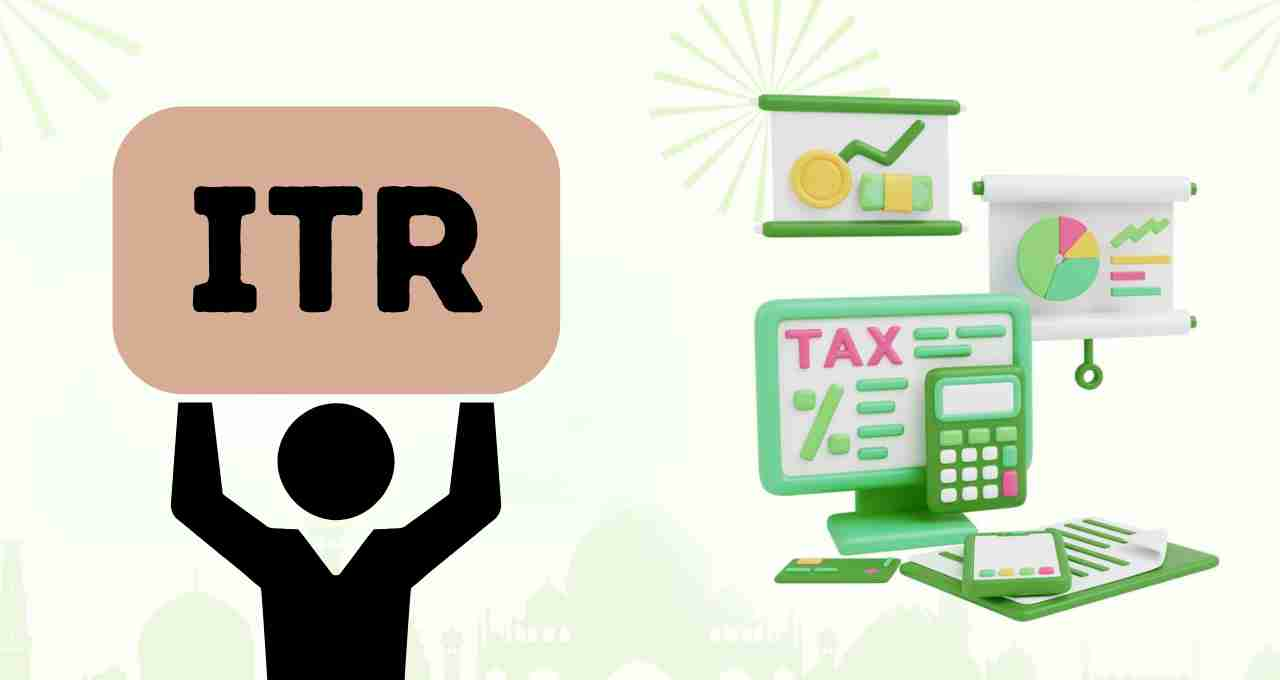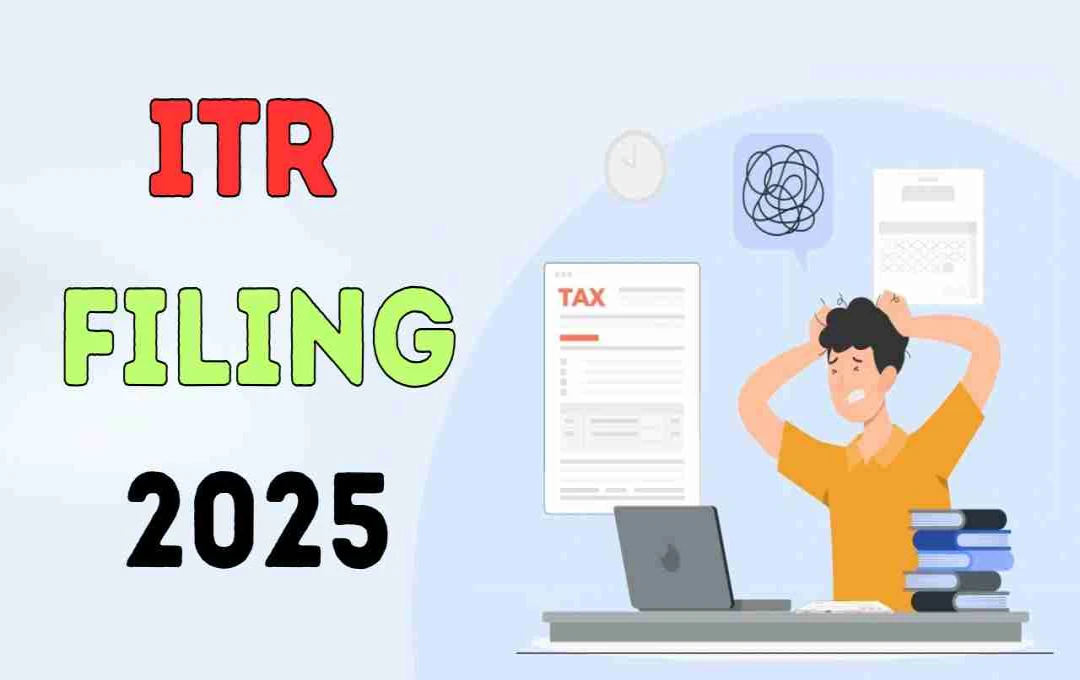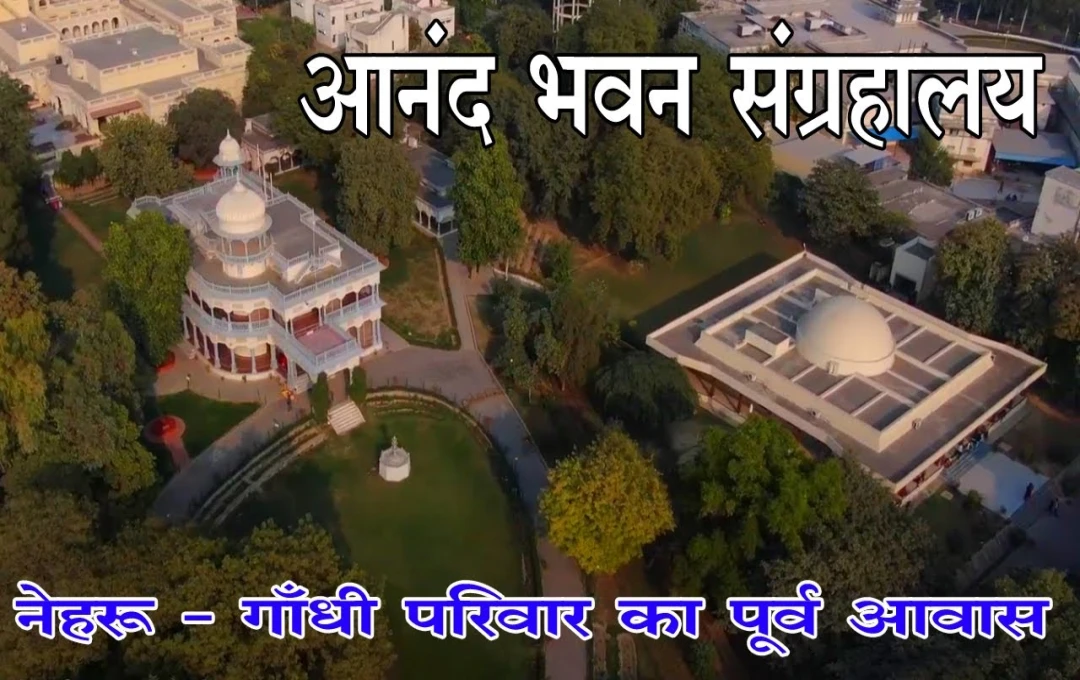If you have filed an incorrect ITR form, it can be corrected through a Revised Return or ITR-U. A Revised Return can be filed until December 31, 2025, while ITR-U is available until March 31, 2029. Timely filing and choosing the correct form are essential, otherwise, you may face additional tax or penalties.
Revised Return: For the Income Tax Return 2025, taxpayers have the option to rectify any incorrect ITR form filed through a Revised Return or ITR-U. A Revised Return can be filed until December 31, 2025, while ITR-U is available until March 31, 2029. Additional tax may be payable with ITR-U. Choosing the correct form and filing the return on time is crucial, otherwise, your refund may be delayed or penalties may be imposed. This can be submitted and e-verified through the Income Tax Department's e-filing portal.
What is a Revised Return?

If you have filed the wrong ITR form and your return has not yet been processed, you can file a Revised Return. For this, you need to visit the Income Tax Department's e-filing portal incometax.gov.in. There, go to the e-file section, select 'Income Tax Return', and then click on 'Revised Return'.
To file a Revised Return, you will need to enter the Acknowledgement Number of your original return and the date of filing. After this, select the correct ITR form and submit the return after updating all information. After filing the return, it is essential to e-verify it within 30 days. You can verify it through Aadhaar OTP, Net Banking, or Digital Signature. If you do not wish to verify online, you can send the signed ITR-V form to the Centralized Processing Centre (CPC). The last date to file a Revised Return is December 31, 2025.
Option of ITR-U After Expiry of Deadline
If you are unable to file a Revised Return by December 31, 2025, there is no need to worry. You can opt for ITR-U, which is an Updated Return. This facility is available for 48 months from the end of Assessment Year 2025-26, i.e., until March 31, 2029.
Through ITR-U, you can correct your wrong form or information. However, you may have to pay additional tax. For instance, if you file ITR-U in the third year, an additional tax of 60 percent will be levied. In the fourth year, this will increase to 70 percent.
Keep in mind that ITR-U cannot be used to increase refunds or show losses. If a reduction in income is found or there is suspicion of tax evasion, a penalty of 100 percent to 300 percent may also be imposed. Therefore, choosing the correct form and filing the return on time is the safest step.
Common Mistakes in Filing ITR

A common mistake made by many taxpayers is not correctly furnishing details of income sources or deductions. Sometimes people choose the wrong ITR form. For example, if you are a businessman and fill out ITR-1 when you should be filling out ITR-3, it will become an incorrect return.
Additionally, typing errors in details, incorrect claims for deductions, or errors in PAN details are also common issues. These mistakes can lead to delays in refunds, notices, or affect interest.
ITR-U: The Option After the Deadline
Tax experts state that taxpayers should exercise caution while filing their returns. First, choose the correct ITR form. If any mistake is made, correct it in time through a Revised Return or ITR-U. You can check the status of your return at any time by logging into the e-filing portal.
Filing a Revised Return does not take much time, and the process is entirely online. The ITR-U option becomes useful when the deadline for a Revised Return has passed.
Digital Facilities and E-Filing
The e-filing portal incometax.gov.in offers several digital facilities to taxpayers. This includes form selection, detailing, submission, and verification facilities. Returns can be verified through Aadhaar OTP, Net Banking, or Digital Signature.
Verification can also be done by sending the signed ITR-V to the Centralized Processing Centre (CPC). E-filing not only saves time but also makes the process completely transparent and secure.















